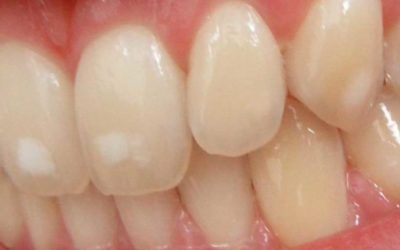Thumb Sucking & Pacifiers
All children will use a pacifier, suck their thumb, or both at some point in their infancy or childhood. It is a newborn’s reflexive response to want to suck. That is how they get nourishment, and it is comforting to them. Toddlers use it as a transition from clinging to their parents. No matter how you look at thumb sucking, it is considered a natural thing.
Why it is of concern to oral health
Dental professionals agree that intense or extended thumb and pacifier sucking can affect the shape of the mouth and alignment of the teeth. Generally, pacifiers are considered to be much less of a problem than thumb sucking but can still cause problems.
When to change these habits
It is not necessary to try to force a baby to stop sucking their thumb from the first time they do it. As discussed above, this is a natural reflex, and babies should be allowed the comfort of their thumb or pacifier.
Our concern begins when this habit continues on into later stages of childhood. When a toddler who is three years old is still sucking their thumb consistently, it is time to begin noticing the frequency of the habit and determining how best to taper this habit over the next few years. The age of five is considered the deadline for when children should stop sucking their thumb altogether. This is the time when adult teeth are forming and will soon erupt into the mouth, and it is also a transition time for your child emotionally. They will soon be at school and away from home, their cognitive level will change, and they will be involved more with their peers.
How to change these habits
There are many different philosophies on what is the best way to encourage a child to stop sucking his/her thumb or relinquish his/her pacifier. Ideas include:
- Putting a band aid on their thumb
- Painting something that tastes bad on the thumb or pacifier
- Cover the hand with a sock
- Rewarding them for days or nights when they do not initiate the habit
The important thing is to find something that works for your child.



